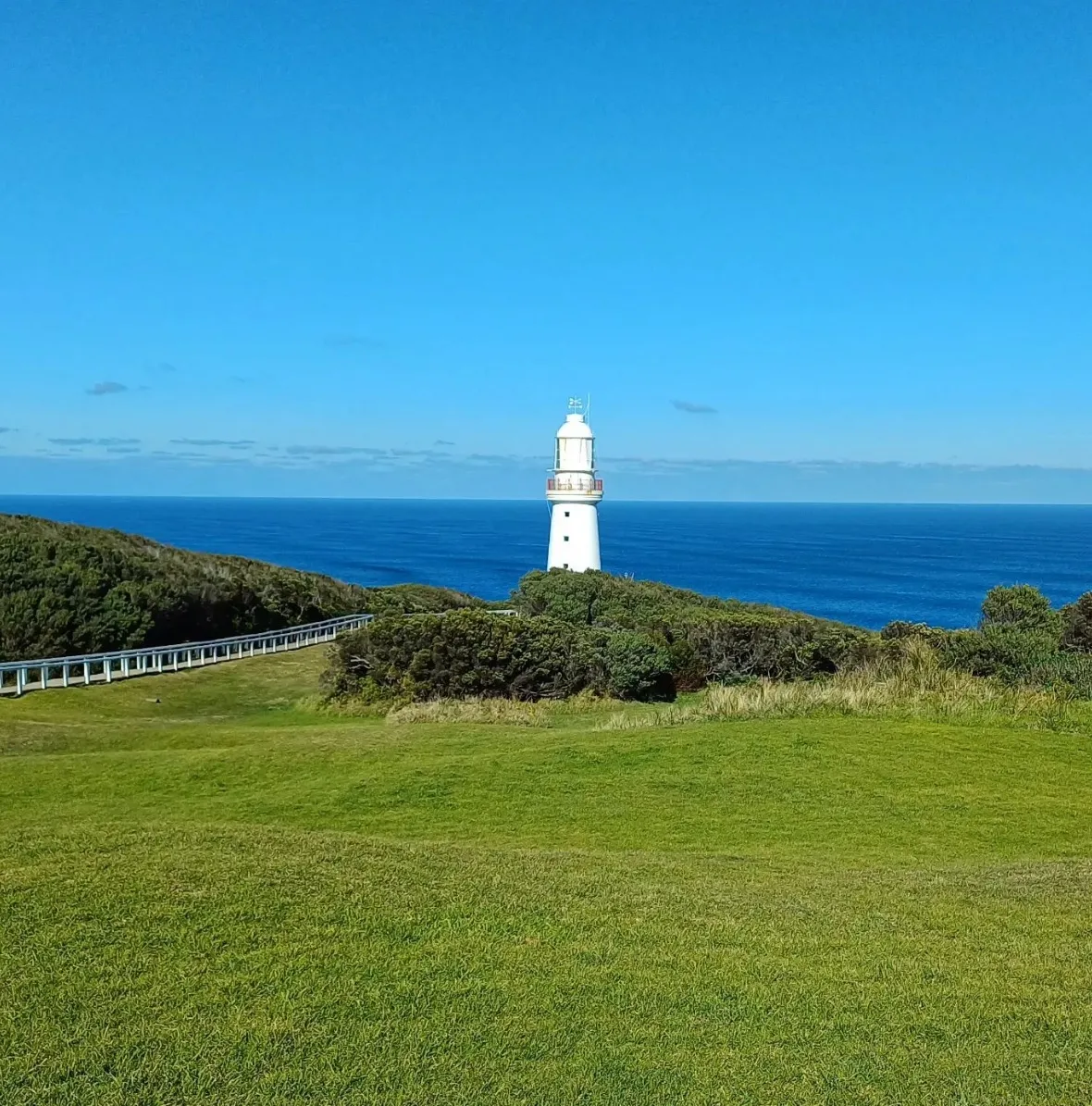The Great Ocean Road is always more than a road trip; it takes you on a historical, cultural and natural tour. This famous stretch of the shoreline has several of the most historic and captivating Australian lighthouses that ever existed and are a reminder of great sea ventures and the treacherous Bass Strait. The coastal lighthouses do not only serve the purpose of navigating the coast; but they are great works of art that have been able to withstand the harsh and unforgiving weather that the coast holds. In this article, we will delve into how these lighthouses have stories and their significance in rescuing many mariners within Australia’s waters. You may plan your trip for 2-3 days on the Great Ocean Road, and it will surely be a trip to look back at with nostalgia.
For those who want a truly breathtaking experience at Great Ocean Road and have two days at their disposal, this 2 day Great Ocean Road tour will serve the purpose. Within two days you’ll visit not only the must-see Twelve Apostles but also some of the secrets that are lost to lots of visitors. We’ll make stops at picturesque towns, within the forests and dramatic viewing points where you will be entertained by stories from local guides. The tour also ensures that you cover a lot at a very leisure pace and provides for the best scenic views and photo tackling moments. By watching the sun disappear behind the cliffs or getting acquainted with many interesting things surrounding the territory, a 2-day time will allow after all to experience most of this functionally attractive region.
Cape Otway Lighthouse
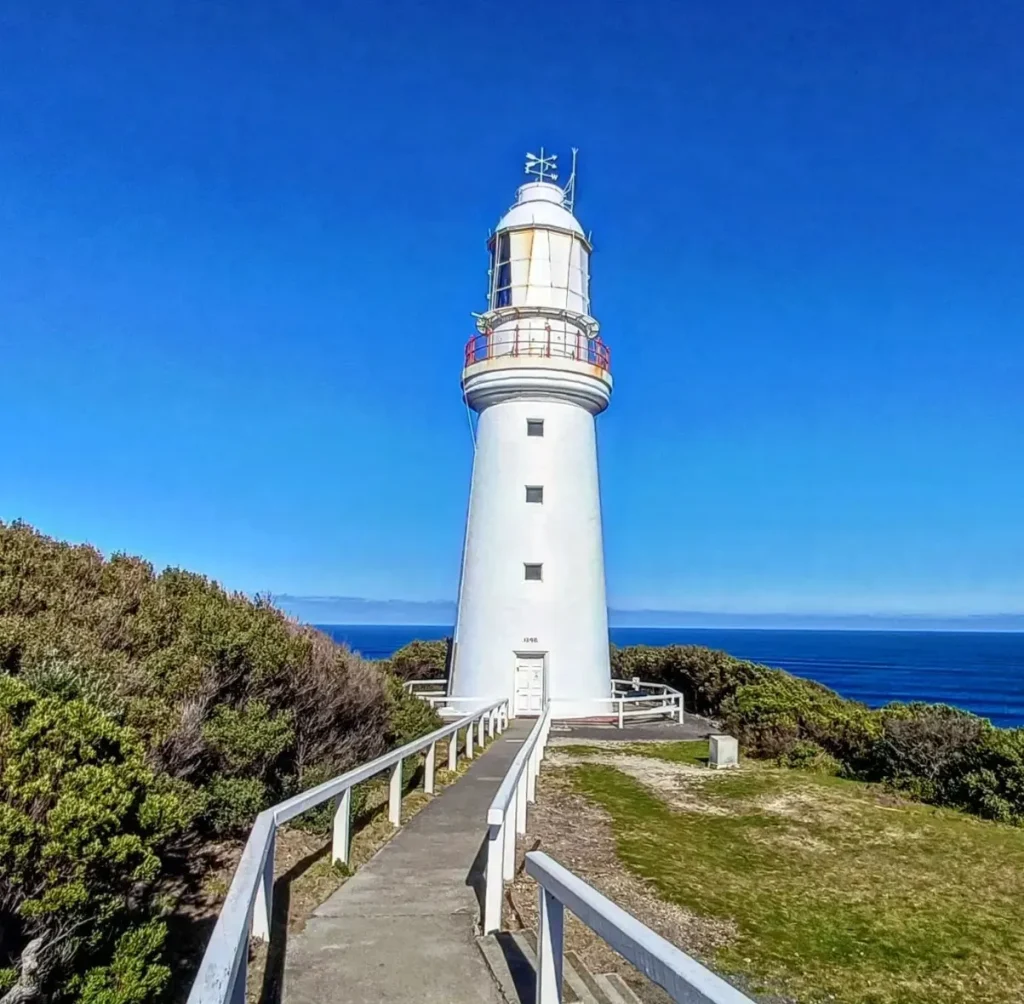
- Built: 1848
- Location: Cape Otway
The Cape Otway Lighthouse is the oldest surviving lighthouse on the Australian mainland and a must see in the area. Standing 89 feet tall it has stunning views of Bass Strait and the wilderness. Originally built to warn ships of the dangers nearby, the lighthouse has a white tower that has guided vessels for over 170 years.
Visitors can climb the spiral staircases to the lantern room and be rewarded with views of the rugged coastline and learn about the history of the lighthouse. The Cape Otway Lightstation has exhibits on the life of the original keeper and the challenges they faced in keeping the light source.
As you wander around the lighthouse precinct you can also see the native wildlife that live in the area, koalas and various bird species. The trails around Cape Otway are scenic and give an insight into the region’s Aboriginal history making it a great spot for eco-tourism.
Split Point Lighthouse
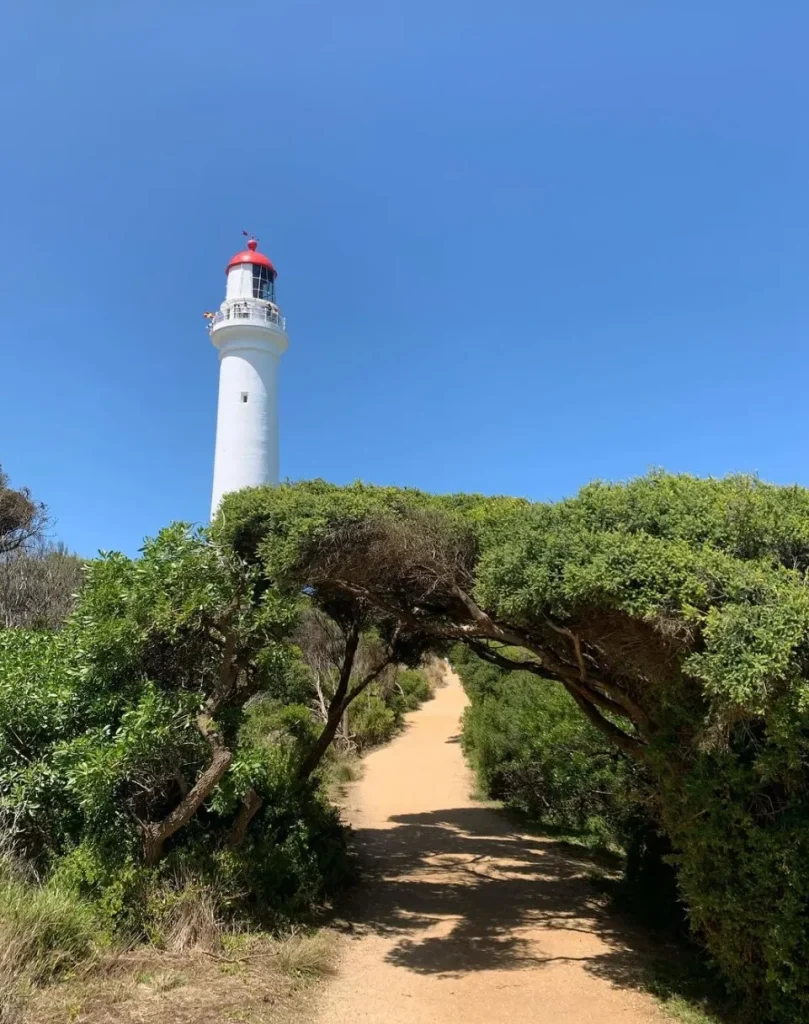
- Built: 1891
- Location: Aireys Inlet
Known as the “White Queen of the Coast”, the Split Point Lighthouse is an iconic part of the Great Ocean Road. It rises dramatically from the cliffs and is a navigation aid and a great photo opportunity. The lighthouse was built to prevent shipwrecks in the rough waters, especially during the notorious storms in the area.
The lighthouse is 34 meters tall and has a white and red design. Visitors can take guided tours which often include climbing the spiral staircases to the top for views of the coastline. Split Point has a rich history and local legends and shipwreck stories so it’s a must see for maritime buffs.
The area also has beautiful beaches and walking tracks so you can get adventurous on foot. Whether you want to take in the coastal views or learn more about the history of the lighthouse Split Point is a must do on your trip.
Point Lonsdale Lighthouse
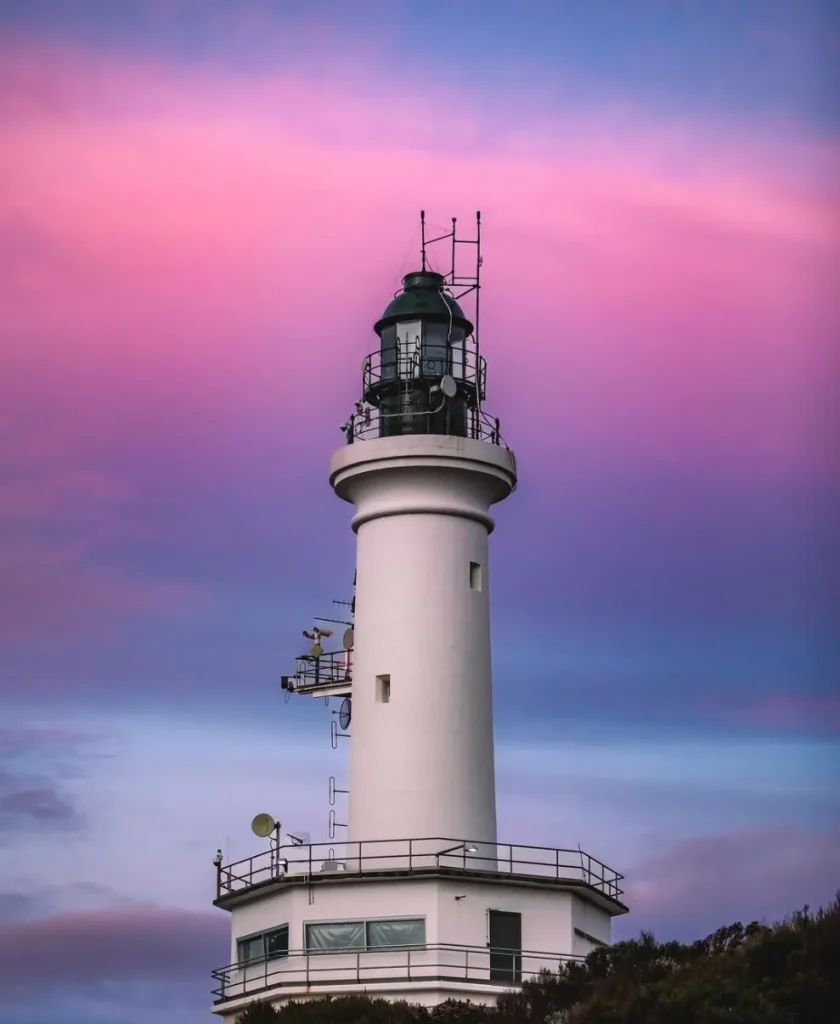
- Built: 1902
- Location: Point Lonsdale
At the entrance to Port Phillip Bay the Point Lonsdale Lighthouse is an important navigation aid for boats entering the bay. The red and white striped lighthouse is one of the most photographed landmarks on the Great Ocean Road. Unfortunately you can’t climb to the top but the views from around the area are just stunning.
The lighthouse is near the lovely coastal town of Point Lonsdale with its heritage buildings and laid back vibe. Explore the local beaches and nearby maritime museums to get a taste of the area’s rich maritime history. Don’t miss the sunsets here where the light plays beautifully off the lighthouse.
Cape Schanck Lighthouse
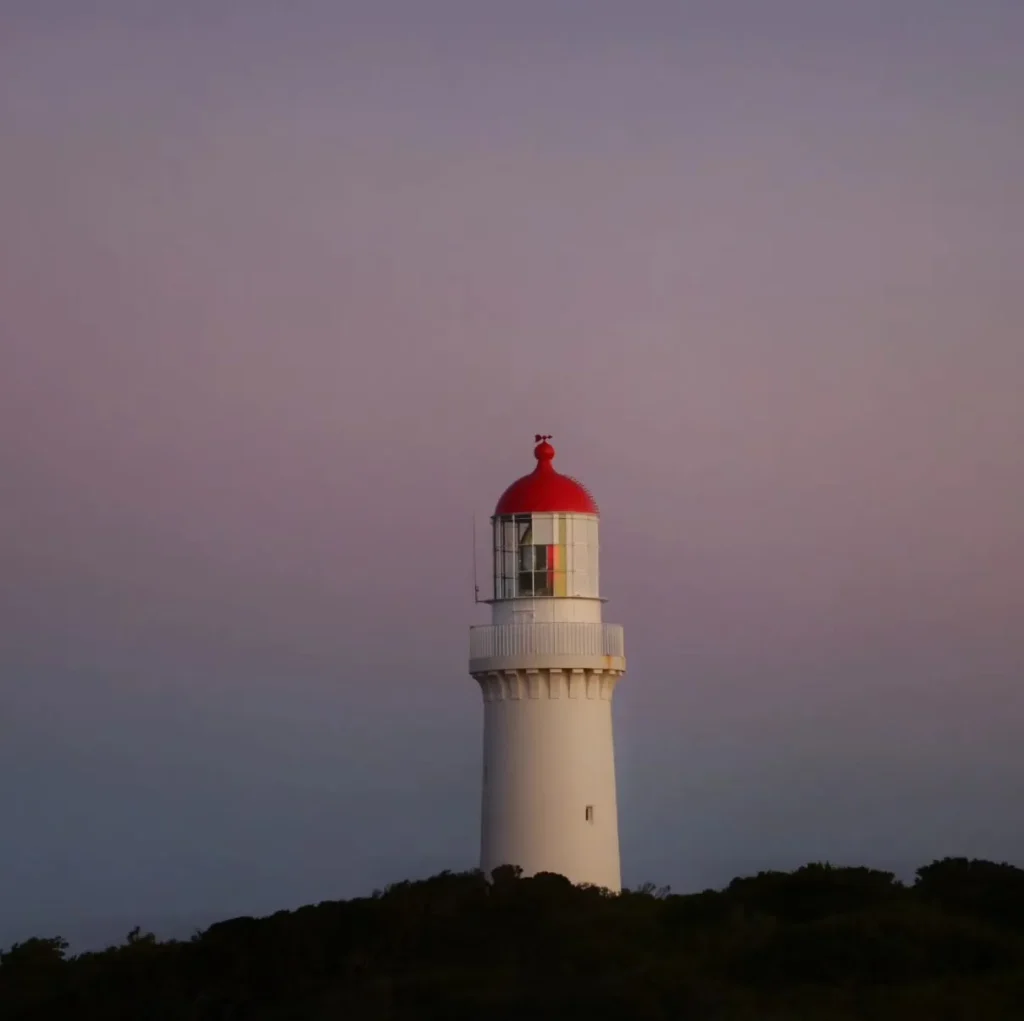
- Built: 1859
- Location: Cape Schanck
The Cape Schanck Lighthouse sits atop the cliffs of the Mornington Peninsula National Park, a dramatic sight against the coastline. At 100 feet tall, this is one of the most important navigation aids along this stretch of coast and has been in operation since it was built.
You can take a guided tour that gets you into the lighthouse and learn about its history, including stories of shipwrecks and rescues that have happened nearby. The views from the top are just stunning, 360 degree views of the surrounding landscape.
Next to the lighthouse, there are walking trails that take you to lookouts and showcase the area’s natural beauty and biodiversity, including unique native wildlife. The Cape Schanck Lighthouse Reserve has picnic facilities, so it’s a great day out.
Port Fairy Lighthouse
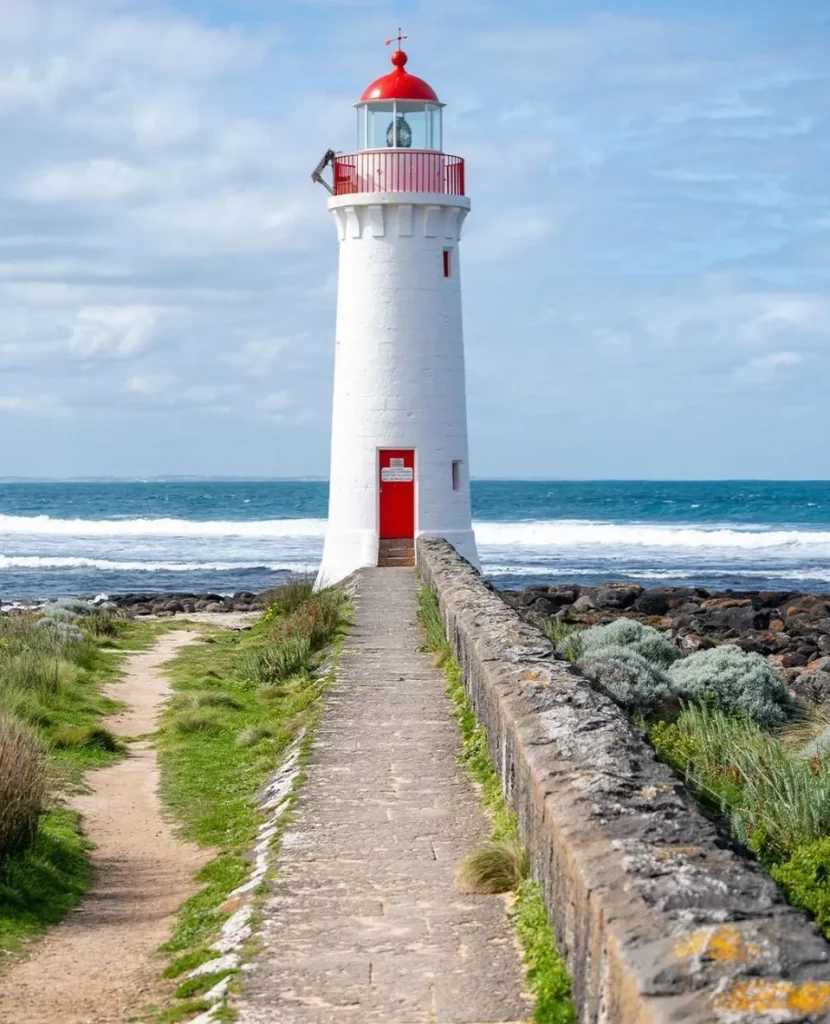
- Built: 1859
- Location: Port Fairy
The Port Fairy Lighthouse is one of the last lighthouses built on the Australian mainland and is at the entrance to the Moyne River. This lovely lighthouse is a symbol of the historic fishing village of Port Fairy, famous for its arts scene and heritage buildings.
It’s not just a pretty building; the lighthouse has a rich maritime history. Guided tours give you insight into its operational significance and the lives of those who worked here. While the lighthouse is lovely, the surrounding coastal scenery and nearby attractions like the Flagstaff Hill Maritime Village allow you to step back in time and experience life as it was during European settlement.
Conclusion
The historic lighthouses of the Great Ocean Road are more than just navigation aids; they are part of Australia’s maritime history. From the towering Cape Otway Lighthouse to the iconic Split Point Lighthouse, each one gives you a glimpse into the past and the challenges of navigating Bass Strait. Whether you’re climbing the spiral staircases of these lighthouses or exploring the historic towns nearby, these are must-see attractions that will add to your travel experience.
As you drive along the Great Ocean Road, be sure to stop at these lighthouses. Each will give you stunning views and education and allow you to appreciate the maritime history that has created this coastline. Don’t forget to include a 12 Apostles tour as part of your journey, offering stunning views of this famous natural wonder.
FAQ
Are the lighthouses open to the public?
Most lighthouses have public hours and guided tours. Check their websites for current hours.
Can I climb the lighthouses?
Some lighthouses, like Cape Otway Lighthouse and Split Point Lighthouse, allow you to climb to the top for views. Others only allow access to the grounds.
Are there any costs to visit the lighthouses?
Many lighthouses have a tour fee. Some are free to visit. Check individual lighthouse websites for details.
When is the best time to visit the Great Ocean Road lighthouses?
Spring (September to November) and autumn (March to May) is the best time, weather wise and crowd wise.
Can I photograph the lighthouses?
Yes! Bring your camera.
